"Men wanted for hazardous journey. Small wages, bitter cold, long months of complete darkness, constant danger. Safe return doubtful. Honour and recognition in case of success."
Sir Ernest Shackleton, 1913. An advert placed in The Times of London seeking volunteers for his expedition to be the first to cross the Antarctic continent.
Of course, our expedition was not in this league! However, reading Sir Ernest's expedition notes as we journeyed south towards this mysterious continent gave us a taste of the incredible place we were about to encounter
.
This is a summary of our voyage aboard the M/V Ushuaia to South Shetland Islands and Antarctica.
Day One
We boarded in the late afternoon and settled in to our 'Cat C' twin cabin located on the lowest deck of the ship. The room had bunk beds with large guard rails, a small sink, desk and wardrobe. The bathroom was shared with the adjacent cabin. Unfortunately, being the cheapest option, we did not have the luxury of a porthole so never really knew which direction we were going whilst in our cabin! This would be home for the next 10 days...
M/V Ushuaia icebreaker fast-facts:
Length: 84.73m
Breadth: 15.54m
Draught: 5.48m
Max Speed: 14 knots
Built: 1970, American Shipbuilding Yard, Ohio
Passengers: 84
Crew & Staff: 38
After we were welcomed aboard the ship, introduced to the expedition team and given our safety briefings, we set sail along the Beagle Channel
. This channel was first discovered during the circumnavigation of the globe by Captain Robert Fitzroy aboard the HMS Adventure and Beagle, 1826-1836. On board was the young naturalist Charles Darwin.
Wildlife: albatross, petrel bird, dolphin.
Film: 'Orca Whales'
We were warned that we would be entering open seas at around midnight and that we should ensure our possessions were secured in our cabins. They were not joking...!
Day Two
Each morning we were woken by the expedition leader, Sebastian, with a very cheerful 'Good morning, good morning...' over the PA followed by a brief description of location, weather and sea conditions and the itinerary for the day. Indeed his announcements throughout the trip ensured that we never missed a meal, lecture, film or humpback whale!
Meals this day proved tricky
. In fact a good proportion of passengers decided not to participate in them at all! Sick bags were pinned on railings along every corridor. The ship was rocking. We had entered the Drake Passage. Apparently the ship was tilting between 15 and 20 degrees but is capable of tilting up to 60 degrees. Reassuring. However, between 15 and 20 was enough for the milk inside Sam's bowl of cornflakes to slosh over the table and for him to feel sufficiently unwell not to attempt any dicey self-serve run for the bacon and eggs. Lunch and dinner were slightly easier episodes as the acrobatic waiting staff brought the food to the table. Maybe they train with the circus in the off-season. Generally passengers looked pretty green and were fairly quiet for the next two days. The doctor was kept busy dishing out anti-sickness tablets and tending to bruises, black eyes and a suspected broken foot. 'One hand for you, one for the ship!'
Sir Francis Drake was the first Englishman to sail around the world, 1577-1580
. In September 1578 he cleared the Strait of Magellan, but a severe storm struck which drove the Golden Hind as far south as 57 degrees - the place where the Atlantic and Pacific Oceans meet. This turbulent place is known today as the Drake Passage and is home to some of the roughest seas on the planet.
Lectures: 1. 'Sea Sickness' 2. 'The World of Seals' 3. 'Birds from the Southern Ocean'
4. 'Antarctic Geography'
Film: 'Extreme Ice'
Day Three
Today we passed through the Antarctic Convergence, a region located between 50 and 60 degrees south. Warm, saline currents coming south from the tropics meet cold, denser, less saline currents moving north from Antarctica. These conflicting currents clash, converge and sink. The mixing waters provide a sympathetic environment for abundant plankton that nourishes huge numbers of sea birds and mammals.
It was a relatively quiet day, but we did receive a briefing about the Code of Conduct in Antarctica and Zodiac operations
. The Zodiacs are small motor-boats that we would use for landings.
During the evening we passed through the snow-covered rocks of the South Shetland Islands - the monotony of open seas had been broken...
Wildlife: Wandering Albatross
Lecture: 'Penguins'
Film: Swedish Antarctic expedition story
Day Four
We had reached the Antarctic Peninsula - at last. Our first landing was at Portal Point, a narrow finger of land extending into Charlotte Bay on the west coast of the Antarctic Peninsula. The weather was perfect for our first continental landing as we hiked on fresh snow up two ice domes for possibly the most spectacular views we have ever seen. Time stood still as we soaked in the atmosphere and the realisation of our whereabouts sunk in.
We finished the morning with a 'Zodiac cruise' around Portal Point where we were lucky enough to see seals on icebergs and get very close to some humpback whales
.
Wildlife: Weddell seal, crabeater seal, fur seal, humpback whale
In the afternoon we visited Cuverville Island on the northern end of the Errera Channel. 5,000 couples of Gentoo Penguins nest on the island's coastline. We were able to get very close to the penguins mainly because there were many inquisitive chicks running about and playing with each other. It was a special experience to sit amongst the penguins and see them in their natural environment.
On our return to the ship, we made another landing to see a small colony of Chinstrap penguins whose behaviour was a bit more reserved than the Gentoo chicks.
Wildlife: Gentoo penguin, chinstrap penguin
Day Five
An early start saw us out on deck as the M/V Ushuaia navigated the scenic Lemaire Channel, 7 miles long and less than a mile wide. We were very pleased that this was possible as the previous expedition had not been able to pass through due to ice conditions
.
We visited Vernadsky Station on one of the Argentine Islands. It was previously owned by the UK under the name Faraday Station, but was sold to the Ukrainians for the symbolic amount of one pound. It was where the Ozone Hole was first discovered and research is continuing on this. We were given a guided tour by one of the Ukrainian researchers, who was looking forward to going home soon after spending a year in the station. The tour culminated with a shot of home-made vodka in the station's bar.
Next was a look around Wordie House located nearby. Shackleton's geologist, James Wordie, installed the original research station on this site in the late 1940s. Years later the new station was built in a better location and Wordie House was kept as a historical site.
Wildlife: Gentoo penguin
The second activity of the day was a 'Zodiac cruise' through the 'Iceberg Alley', inbetween Pleneau Island and Booth Island
. Here spectacular icebergs of all shapes and sizes get grounded due to the shallow waters. We were in awe at the marvellous spectrum of blue colours, indicating ages of ice with the older, denser ice appearing a deeper blue. It is still mind-boggling that 80% of an iceberg's mass lies underwater.
We witnessed the Antarctic food chain in action as we saw a leopard seal enjoying a penguin lunch.
Wildlife: leopard seal
Film: 'March of the Penguins'
Day Six
We landed in Paradise Bay, a beautiful place, where the Argentinian summer station (Brown Station) is located along with a small colony of Gentoo penguins. Unfortunately, the station was closed but we enjoyed the chance to closely observe the penguins again.
Another 'Zodiac cruise' took us further along the Antarctic Peninsula, with steep sea-cliffs on one side and the sheer face of a tidewater glacier on the other. As we were returning to the ship, we noticed the unmistakeable smell of cooking meat wafting towards us
...
..yes, it was Antarctic BBQ time on the deck of the M/V Ushuaia!
Wildlife: Gentoo penguin, cormorant, humpback whale
We had planned to enter Neko Harbour, a small bay indenting the west coast of Graham Land. Unfortunately the weather was deteriorating and the bay was too icy to enter. At this point the ship turned around and began to head north.
Meanwhile, the 'Kinky Minke' team were busy claiming 3rd place in the Antarctic Quiz...
Special evening lecture: Swedish Frank's trip to the North Pole!
Day Seven
We visited Deception Island, a large caldera, which was formed by a huge volcanic collapse in an eruption of unknown age. The island rises 1600 feet from the seabed and has a submerged basal diameter of 15 miles. Entering Deception Island involved crossing through a narrow gap known as 'Neptune's Bellows', so named because of the violent winds that sometimes blow across the mouth of the entrance
.
We had originally planned to land in Whalers Bay, but it was too windy, and so we advanced further into the caldera and made a landing at Telephone Bay. Here we had a windy, snowy climb up to the crater's edge where we were able to get a feel for the vastness of the caldera.
Back on the ship, a few crazy people, Sam included, donned their swimwear in order to participate in the 'polar plunge'. This was made from a nearby volcanic beach in Deception Island under the watchful eye of a fat Weddell seal who seemed slightly bemused. Refreshing. Sophie was quite content to give this one a miss. Interestingly, the water was (slightly) warmed at the edge by volcanic thermal waters.
Wildlife: fin whale, Weddell seal, Gentoo penguin
Film: 'Frozen Planet'
Weather forecasts had shown a large storm approaching the Drake Passage. For this reason, we began our return north slightly earlier than planned in an attempt to beat it
. This was met with approval by all...
Day Eight
Today was relatively uneventful as we negotiated across the Drake Passage. One of the slightly easier places to pass the time was on the ship's bridge where we were able to watch the Captain and his officers at work and it proved a good place to spot wildlife.
Lectures: 1. 'Whales of the Southern Ocean' 2. 'Antarctic Ice'
Film: 'Frozen Planet'
Day Nine
Having beaten the storm, we arrived back in the Beagle Channel in the afternoon much to everyone's relief. A debrief of the expedition included a short film that the expedition team had compiled containing photographs of our voyage. There was a nice, if lengthy, award ceremony where we each received a certificate in recognition of our Drake Passage survival and landing on the Antarctic continent. Later we enjoyed a farewell dinner and party in the bar
.
Lecture: 'Ozone, the Hole in the Sky'
Day Ten
After breakfast, mildly hungover, we disembarked the ship on a clear morning in the port of Ushuaia.
We had thoroughly enjoyed our expedition to the highest, driest, windiest, emptiest, coldest place on earth. Epic.
"We live in a world that is full of beauty, charm and adventure. There is no end to the adventures that we can have if only we seek them with our eyes open."
Jawaharlal Nehru
Onward bus to Puerto Natales, Chile, via Rio Grande and Punta Arenas, 15hours.
The White Continent
Monday, March 24, 2014
 Antarctic Peninsula, Antarctica
Antarctic Peninsula, Antarctica
Other Entries
-
24The World's Most Dangerous Road
Jan 0776 days prior Coroico, Boliviaphoto_camera10videocam 0comment 0
Coroico, Boliviaphoto_camera10videocam 0comment 0 -
25La Ciudad Blanca...
Jan 1271 days prior Sucre, Boliviaphoto_camera13videocam 0comment 0
Sucre, Boliviaphoto_camera13videocam 0comment 0 -
26Busy, buzzy Cochabamba...
Jan 3152 days prior Cochabamba, Boliviaphoto_camera5videocam 0comment 0
Cochabamba, Boliviaphoto_camera5videocam 0comment 0 -
27¡Adiós Sucre!
Feb 0250 days prior Sucre, Boliviaphoto_camera6videocam 0comment 1
Sucre, Boliviaphoto_camera6videocam 0comment 1 -
28Bienvenido a Chile!
Feb 1636 days prior Arica, Chilephoto_camera13videocam 0comment 0
Arica, Chilephoto_camera13videocam 0comment 0 -
29Ghost towns and piscolas...
Feb 1933 days prior Iquique, Chilephoto_camera16videocam 0comment 0
Iquique, Chilephoto_camera16videocam 0comment 0 -
30Into the Desert...
Feb 2230 days prior San Pedro de Atacama, Chilephoto_camera13videocam 0comment 0
San Pedro de Atacama, Chilephoto_camera13videocam 0comment 0 -
31Birthday piscos...
Feb 2527 days prior La Serena, Chilephoto_camera11videocam 0comment 1
La Serena, Chilephoto_camera11videocam 0comment 1 -
32Chile's capital...
Feb 2824 days prior Santiago, Chilephoto_camera11videocam 0comment 1
Santiago, Chilephoto_camera11videocam 0comment 1 -
33'Valpo'
Mar 0321 days prior Valparaiso, Chilephoto_camera14videocam 0comment 0
Valparaiso, Chilephoto_camera14videocam 0comment 0 -
34The Maule Valley
Mar 0519 days prior Talca, Chilephoto_camera4videocam 0comment 1
Talca, Chilephoto_camera4videocam 0comment 1 -
35The Chilean Lakes District...
Mar 0717 days prior Pucon, Chilephoto_camera10videocam 0comment 0
Pucon, Chilephoto_camera10videocam 0comment 0 -
36Kunstmann, ich liebe dich...
Mar 1014 days prior Valdivia, Chilephoto_camera4videocam 0comment 0
Valdivia, Chilephoto_camera4videocam 0comment 0 -
37Isla Grande de Chiloe
Mar 1113 days prior Castro, Chilephoto_camera11videocam 0comment 0
Castro, Chilephoto_camera11videocam 0comment 0 -
38A transport hub...
Mar 1311 days prior Puerto Montt, Chilephoto_camera3videocam 0comment 0
Puerto Montt, Chilephoto_camera3videocam 0comment 0 -
39Into Southern Patagonia...
Mar 168 days prior Punta Arenas, Chilephoto_camera11videocam 0comment 0
Punta Arenas, Chilephoto_camera11videocam 0comment 0 -
40El Fin del Mundo...
Mar 195 days prior Ushuaia, Argentinaphoto_camera15videocam 0comment 0
Ushuaia, Argentinaphoto_camera15videocam 0comment 0 -
41The White Continent
Mar 24 Antarctic Peninsula, Antarcticaphoto_camera86videocam 0comment 0
Antarctic Peninsula, Antarcticaphoto_camera86videocam 0comment 0 -
42Parque Nacional Torres del Paine
Apr 0411 days later Puerto Natales, Chilephoto_camera18videocam 0comment 0
Puerto Natales, Chilephoto_camera18videocam 0comment 0 -
43Glaciar Perito Moreno
Apr 1017 days later El Calafate, Argentinaphoto_camera12videocam 0comment 0
El Calafate, Argentinaphoto_camera12videocam 0comment 0 -
44Argentina's trekking capital...
Apr 1219 days later El Chalten, Argentinaphoto_camera9videocam 0comment 0
El Chalten, Argentinaphoto_camera9videocam 0comment 0 -
45Cherry capital...
Apr 1421 days later Los Antiguos, Argentinaphoto_camera2videocam 0comment 0
Los Antiguos, Argentinaphoto_camera2videocam 0comment 0 -
46The Argentine Lake District...
Apr 1724 days later Bariloche, Argentinaphoto_camera10videocam 0comment 0
Bariloche, Argentinaphoto_camera10videocam 0comment 0 -
47Felices Pascuas!
Apr 1926 days later Neuquen, Argentinaphoto_camera2videocam 0comment 0
Neuquen, Argentinaphoto_camera2videocam 0comment 0 -
48The Grape Escape
Apr 2229 days later Mendoza, Argentinaphoto_camera12videocam 0comment 0
Mendoza, Argentinaphoto_camera12videocam 0comment 0 -
49The Jesuits and 'El Che'...
Apr 2532 days later Cordoba, Argentinaphoto_camera11videocam 0comment 0
Cordoba, Argentinaphoto_camera11videocam 0comment 0 -
50Cerveceria Schneider
Apr 2734 days later Santa Fe, Argentinaphoto_camera5videocam 0comment 0
Santa Fe, Argentinaphoto_camera5videocam 0comment 0 -
51Birthplace of Che and Lionel...
Apr 2936 days later Rosario, Argentinaphoto_camera6videocam 0comment 0
Rosario, Argentinaphoto_camera6videocam 0comment 0 -
52Viva BA!
May 0138 days later Buenos Aires, Argentinaphoto_camera28videocam 0comment 0
Buenos Aires, Argentinaphoto_camera28videocam 0comment 0 -
53A smugglers' port...
May 0643 days later Colonia del Sacramento, Uruguayphoto_camera8videocam 0comment 0
Colonia del Sacramento, Uruguayphoto_camera8videocam 0comment 0 -
54Home of the first FIFA World Cup...
May 0845 days later Montevideo, Uruguayphoto_camera9videocam 0comment 0
Montevideo, Uruguayphoto_camera9videocam 0comment 0 -
55Anyone for a meat pie?
May 1148 days later Fray Bentos, Uruguayphoto_camera4videocam 0comment 0
Fray Bentos, Uruguayphoto_camera4videocam 0comment 0 -
56Thermal bath relaxation...
May 1350 days later Salto, Uruguayphoto_camera4videocam 0comment 0
Salto, Uruguayphoto_camera4videocam 0comment 0 -
57The Jesuit Missions
May 1653 days later Encarnacion, Paraguayphoto_camera11videocam 0comment 0
Encarnacion, Paraguayphoto_camera11videocam 0comment 0 -
58Itaipu Dam
May 1855 days later Ciudad Del Este, Paraguayphoto_camera5videocam 0comment 0
Ciudad Del Este, Paraguayphoto_camera5videocam 0comment 0 -
59Iguazu Falls
May 1956 days later Puerto Iguazu, Argentinaphoto_camera14videocam 0comment 0
Puerto Iguazu, Argentinaphoto_camera14videocam 0comment 0

 Antarctic Peninsula, Antarctica
Antarctic Peninsula, Antarctica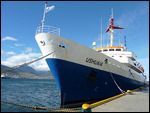
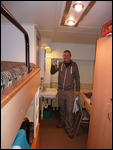
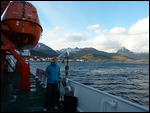
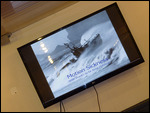
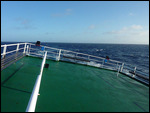
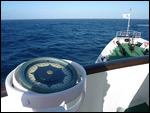
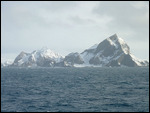
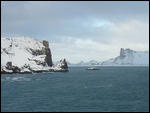
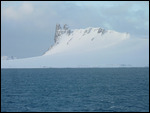
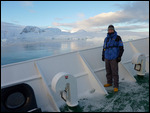
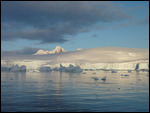
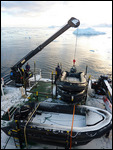






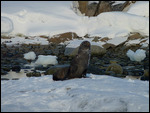
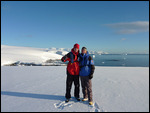
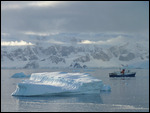
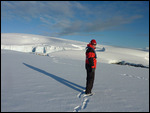
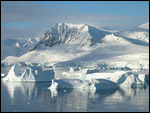
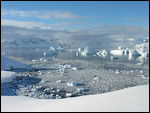
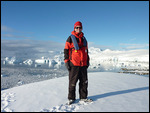
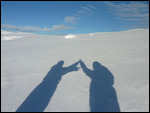
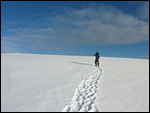
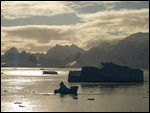
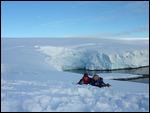
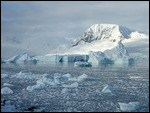
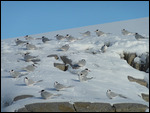
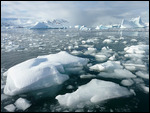
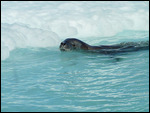
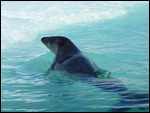
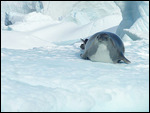
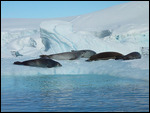
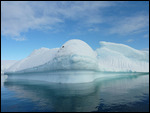

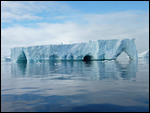
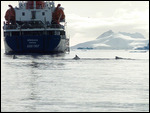
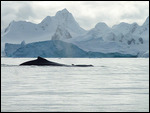
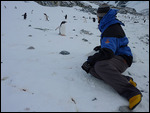
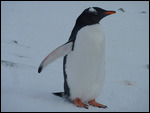
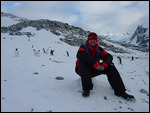
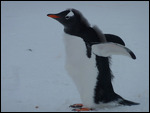
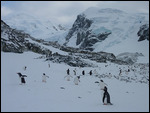
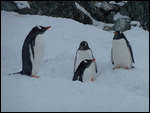
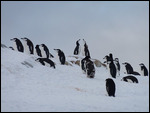
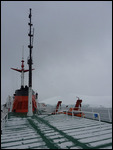
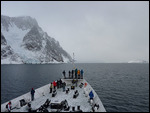
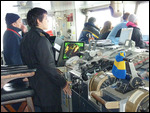
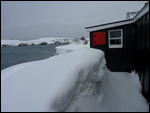
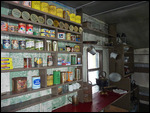
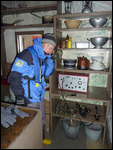
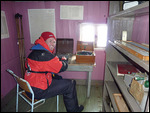
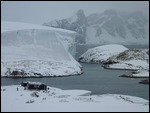
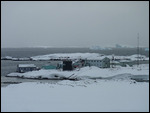
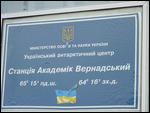
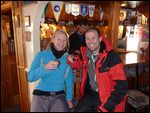
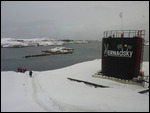
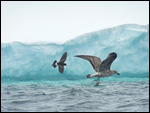
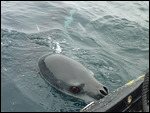
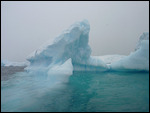

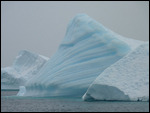
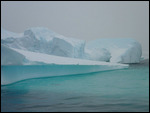
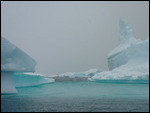
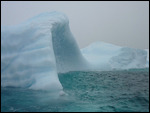
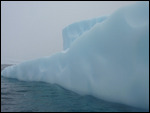
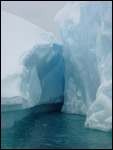
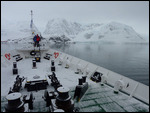
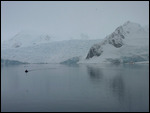
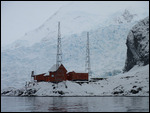
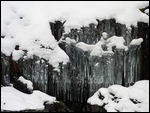
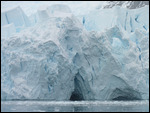
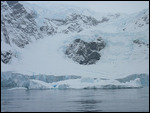
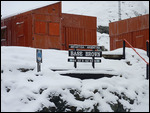
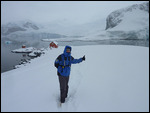
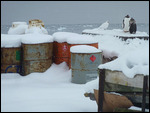
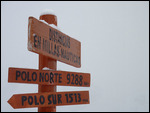
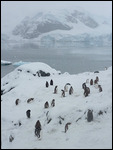
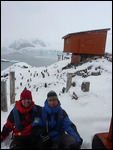
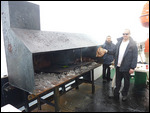
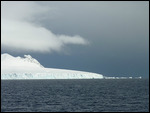
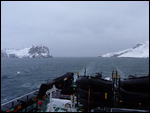
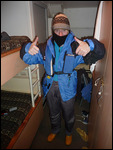
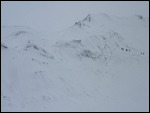
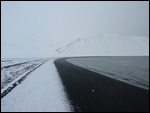
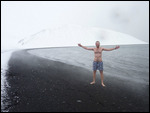
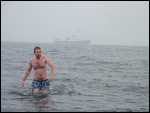
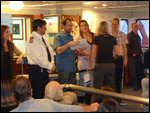

2025-05-22